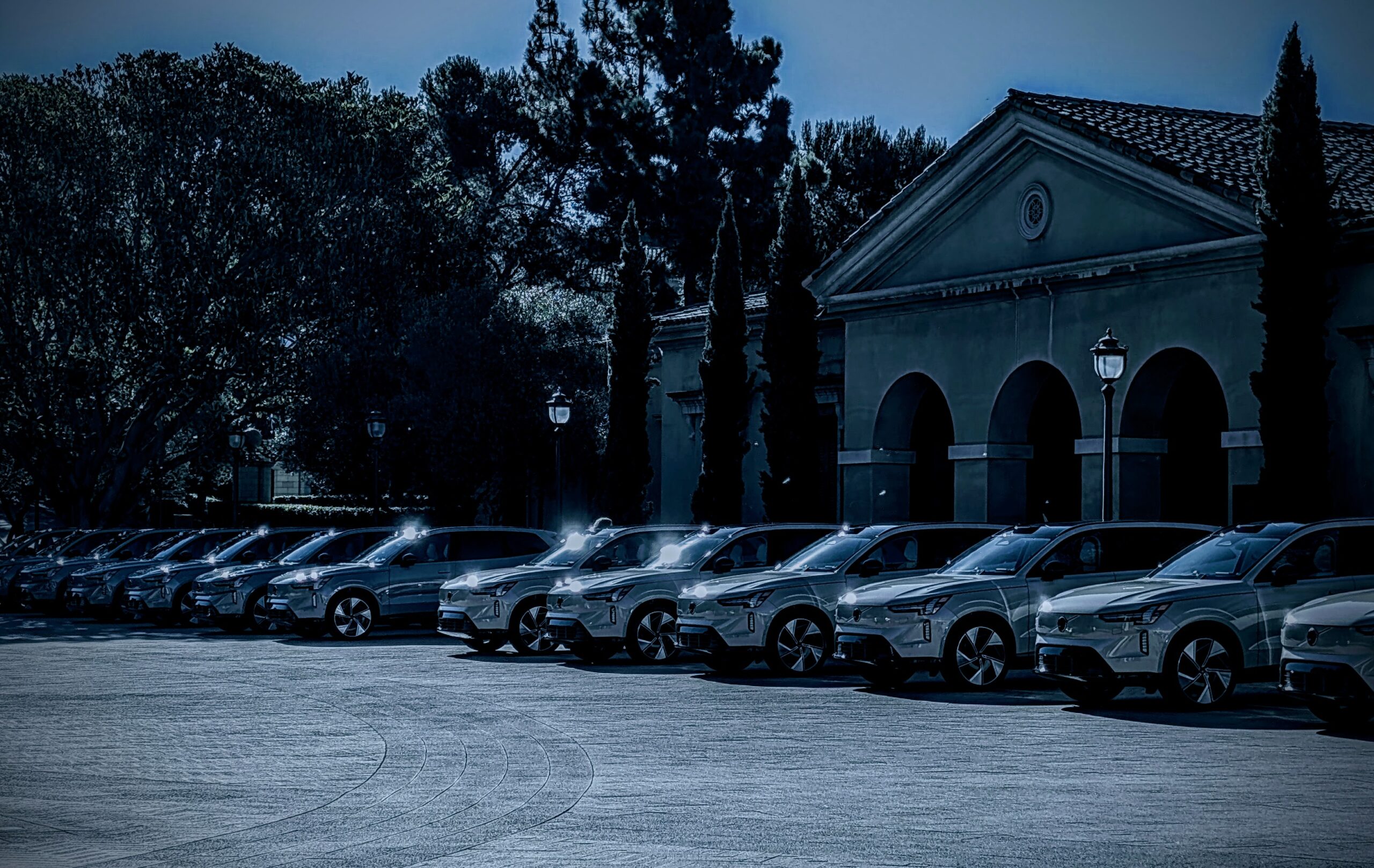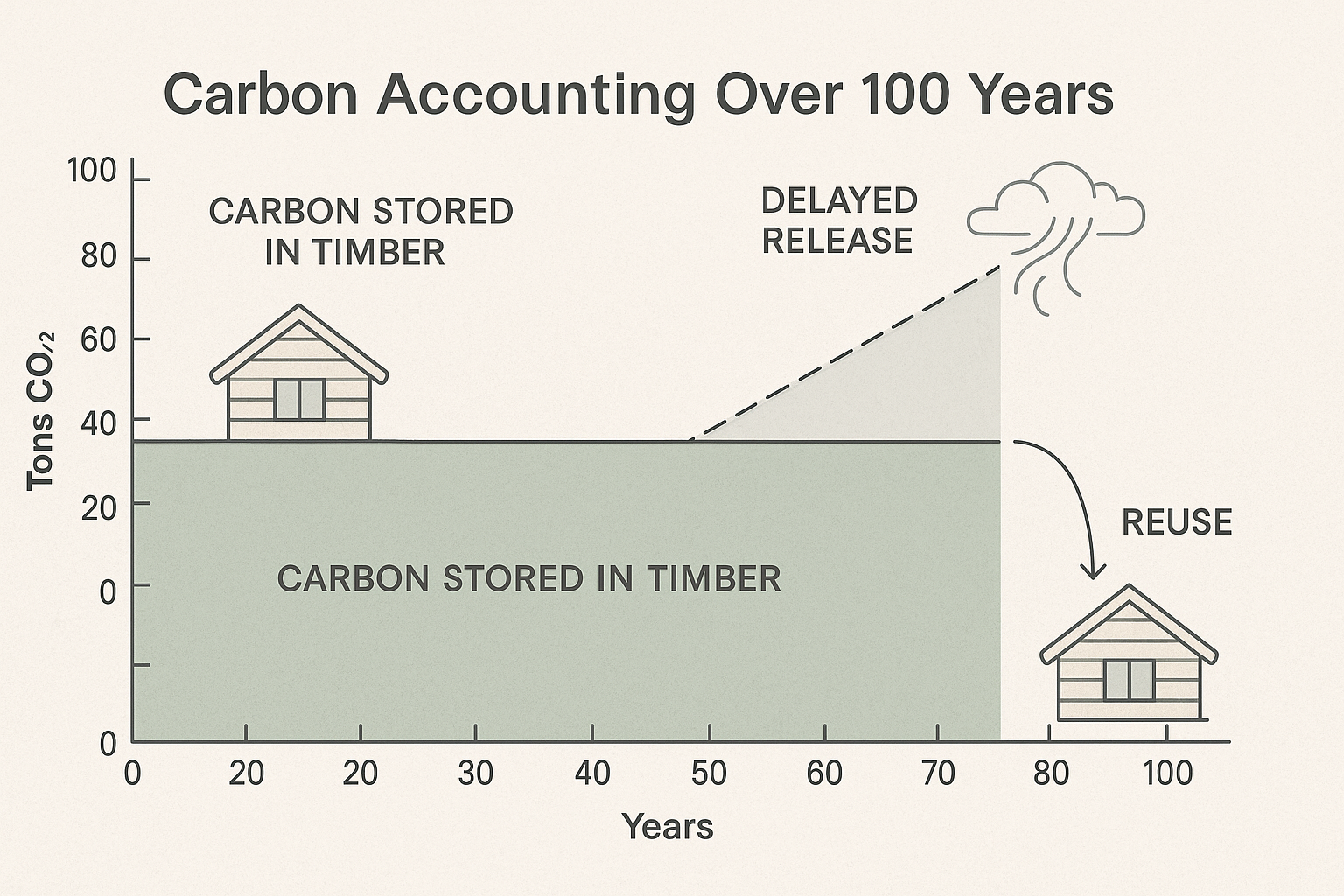Thejo highlights how modern dual-piston systems are redefining cleaning performance in the harshest operating conditions.
In the demanding landscapes of Australian bulk material handling sector, uninterrupted material flow is the foundation of efficiency. Yet persistent build-up in hoppers, silos, kilns and chutes continues to disrupt operations. These blockages trigger production delays, drive up maintenance costs, and introduce serious safety risks.
Air blasters – compressed-air devices designed to dislodge adhered material – are frontline tools in preventing these issues. Too often, however, their selection can be driven by short-term thinking rather than sustained performance. Experience across heavy industries has shown that prioritising performance is the best way to ensure lasting reliability, safety and operational excellence.
Material build-up is rarely caused by a single factor. Moisture, particle cohesion, variable feed rates and temperature swings can all contribute to accumulations.
Sticky ores, coal dust and clinker are especially problematic.
In chutes and silos, where airflow stagnates, these materials harden quickly and cling to surfaces, resisting flow even under high loads.
The consequences of this situation are costly and extend beyond production losses:
- Frequent stoppages for cleaning and de-choking silos and hoppers
- Lost production time, sometimes running into hundreds of thousands of dollars per incident
- Potential equipment damage from manual hammering or forced clearing
- Safety risks when personnel must enter confined spaces or handle hazardous dust
- Higher labour costs due to manual intervention
Unchecked build-up is one of the most expensive hidden drains on plant performance. It erodes output, consumes additional energy, and places unnecessary strain on workers and equipment alike.
While air blasters are designed to fight material build-up, conventional designs introduce their own hidden costs; they often appear inexpensive at the time of purchase, but their inefficiencies compound rapidly in daily operations.
Some of the biggest drawbacks include low blast force that struggles with compacted material, longer fill times, higher air consumption per effective blast, frequent firing cycles, and shorter lifespan.
What looks like a simple solution often becomes higher total cost of ownership due to downtime, wasted energy, and increased servicing.

Conventional units often have difficulty keeping up with the demands of modern heavy industry, resulting in higher air bills, strain on compressors, and recurring blockages.
Modern air blasters like Bazooka can overcome these challenges with dual-piston valve technology, a design that unlocks greater power and efficiency.
Unlike single-piston systems, which release compressed air through a series of restricted passages, the dual-piston design opens inlet and outlet valves simultaneously, allowing compressed air to escape in a single, instantaneous burst, maximising impact at the point of discharge.
Potential benefits include up to 30 per cent more force than conventional units, less wait time between blasts, fewer cycles needed to achieve full clearance, and stronger, faster blasts that clear stubborn deposits.
In simple terms, dual-piston systems deliver more cleaning power with less energy, less downtime and less wear. This performance leap can mean the difference between continuous operation and costly interruptions.
Controlled load-cell testing by Thejo has confirmed Bazooka’s performance advantage.
In repeated trials, it consistently reached peak blast forces of around 1280kN in 0.3 seconds.
Long-term value in harsh environments
For industries where every hour of uptime counts, performance-driven blasters deliver measurable results. Beyond the obvious savings in downtime, they also:
- reduce compressed air usage per tonne of material handled
- extend the lifespan of blasters and the equipment they protect
- improve operational safety by reducing reliance on manual intervention
- provide predictable, consistent performance even in extreme temperature or moisture conditions.
This combination of benefits goes beyond operational convenience. It forms a strategic shield against rising costs, equipment failures and unplanned shutdowns. In harsh environments like Australian mines, where reliability is non-negotiable, high-performance systems are the only viable choice.
Procurement in today’s industrial environment should go beyond short-term fixes. The priority should be equipment that delivers consistent performance, protects worker safety, and ensures long-term reliability. A procurement strategy that emphasises durability, efficiency and validated performance is not just prudent; it is essential.
Adopting performance-first procurement, anchored in proven dual-piston designs, offers a sustainable path forward. Choosing high-performance air blasters is an investment in productivity, safety and long-term operational excellence, helping to ensure resilience in the toughest operating conditions.
In an environment where material build-up is inevitable but stoppages are not, performance must take precedence. For Thejo, the choice is clear: embrace modern dual-piston solutions that secure lasting reliability and operational success.
This feature appeared in the October 2025 issue of Australian Mining.




